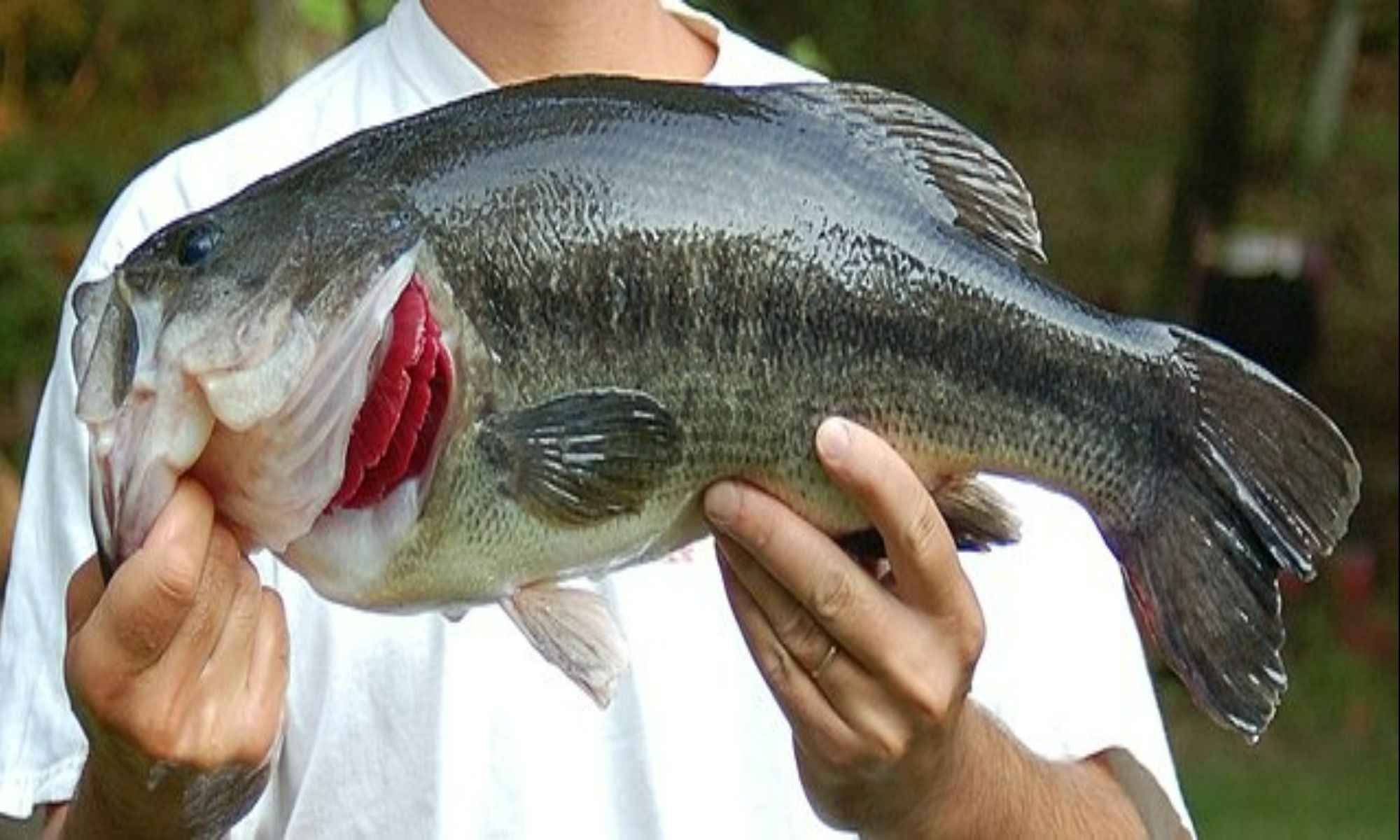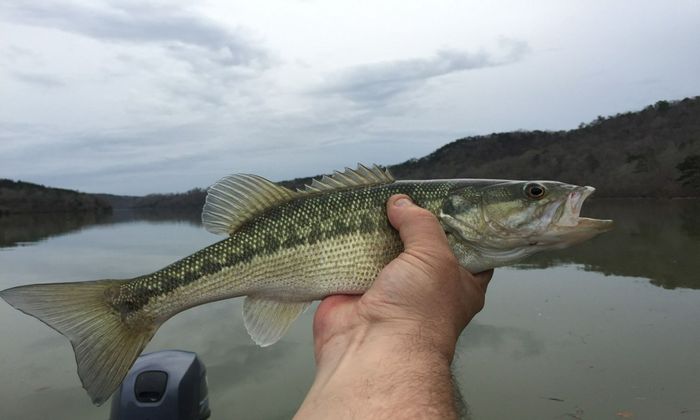Spotted Bass Versus Largemouth Bass: Everything You Need to Know
Explaining the differences between largemouth bass and spotted bass for better convenience for anglers.

Fish can be challenging to identify at times, whereas others can be very distinct and easily identified. In some cases, the distinctions are more subtle, sometimes too delicate for the casual angler to notice. While a catch is a catch, it is always important to recognize the quality and rarity of the fish. You don't want to be cheated out of the proper rewards once your haul is turned in. The largemouth bass and the spotted bass are the most commonly associated and often switched around fish species. These two are of the same species and are the most popular freshwater gamefish.
To help you better classify them, we’ve created a short guide on how to tell whether you’ve caught a massive largemouth bass or a sizable spotted bass. But before we get started, we should note that some states have different limit sizes for each type. Due to their similarities, people can get into trouble because the regulations for catching other fish can vary from state to state. Learning the difference between largemouth bass and spotted bass is essential. Misidentifying your catch might lead you to unknowingly violate state laws, which can bring you into trouble with the law.
How to Tell the Difference Between Spotted Bass and Largemouth Bass

1. Basic Tell-Tales
When first observing the forms of the two fish species, we’ve noticed that largemouth bass typically have much larger jaws than their spotted counterpart. It also sports a large white belly that stands out among other fish. Meanwhile, the spotted bass has noticeably darker scales with spots extending towards its belly. We recommend checking the guts of your catch if you want to initially get a better idea of what you’ve possibly caught.

2. Physical Traits
One of their most basic identifiers is their jaws. The largemouth bass is well known for having a jaw that extends past its eye on the top of its head and reaches out further in the bottom. The spotted bass does not have that large jaw; it is smaller and won’t extend past its eye. Its jaw is also equal from the top and the bottom, while the largemouth bass is more uneven.
You can also observe the difference between their dorsal fins. The largemouth bass has one big dorsal fin on its top, while the spotted bass sports a two-piece fin. Its front and back portions show moving down to the top of the fish.
A trait people don’t often consider is the tongue of the bass; you can open their mouth and observe their tongue. If you’ve caught spotted bass, you’ll notice the course patch found in the middle of their tongue. If it’s a largemouth bass in your reel, you’ll find their tongue is smoother than their spotted cousins.
An immediate difference you can observe when observing the two is their scales. The spotted bass showcases smaller cheek scales of different sizes scattered throughout their bodies. The scales of largemouth bass will be of the same size spread over its body. Each one is of the same size as the rest.
Lastly, some anglers have stated that their most preferred method of identifying which bass is through the markings on their stomach. The largemouth bass has huge and puffy white undersides with little to no colorations. In comparison, a spotted bass sports many large dark lines and lateral spots all over their bodies, reaching down to their bellies. As a result, spotted bass bellies are very dark and have little to no white spots on their underside, making them directly opposite the largemouth bass.
You should note that you won’t always be able to notice these differences as clearly as you’ve hoped. In some cases, the dorsal fins of the basses are nigh-indistinguishable from each other. In cases like these, look at their other physical traits, most notably their bellies, to discern what type of bass you’ve caught more accurately.

3. Location
While sometimes mingling in the same waters, bass prefers vastly different habitats from one another. If you don’t want to be inconvenienced by looking at what traits you catch to know what they are, you can just know what habits the bass prefers to guess what you’re going to catch. For example, the spotted bass doesn’t generally appear in natural waters but is commonly found in slow-flowing streams. While at the same time, they also avoid ponds and lakes. These types of bass prefer clear water that doesn’t have much vegetation or mud.
Meanwhile, the largemouth bass acts the opposite, making its habitat on murkier waters. However, largemouth and spotted bass are often found in the same area, so if you find either one, chances are the other is also around. They are found all over the states, but there are specific differences to consider. These bass don’t like cold waters, and they’ll always stick near vegetation or structural landmarks. Because of this, they are mostly found on runoffs, which are great areas to try and catch them.
4. Lifespan
A significant difference between the two bass species is their lifespans. The largemouth bass has a lifespan of about 16 years, while the spotted bass, in comparison, only has six years to live. These differences affect their behaviors, which are most noticeable when being hooked.
5. Behavior
While both come from the same family, they react very differently when being reeled in. This is a good indicator to know what kind of bass you’ve hooked as you’re pulling the line. The spotted bass is shown to dive further in the deeper parts of the water when hooked in a fishing line, which is a behavioral trait they share with smallmouth bass. The spotted bass isn’t big. They only get as large as 10 pounds, so catching one once you’ve hooked them shouldn’t be much of an issue.
The largemouth bass acts the complete opposite when being reeled in from a fishing line; it instead jumps over the water and will consistently do so in an attempt to break free. You can also observe that due to being bigger, largemouth bass aren’t afraid of swimming alone, while you’ll find spotted bass moving with schools of its kind at any time it can.
Both types of bass are equally highly regarded and are great tests for your skills as an angler. You’ll often find yourself catching both in the same fishing trip because they appear in tandem with one another, and with your newfound knowledge, you’ll know which one you’ve caught.


